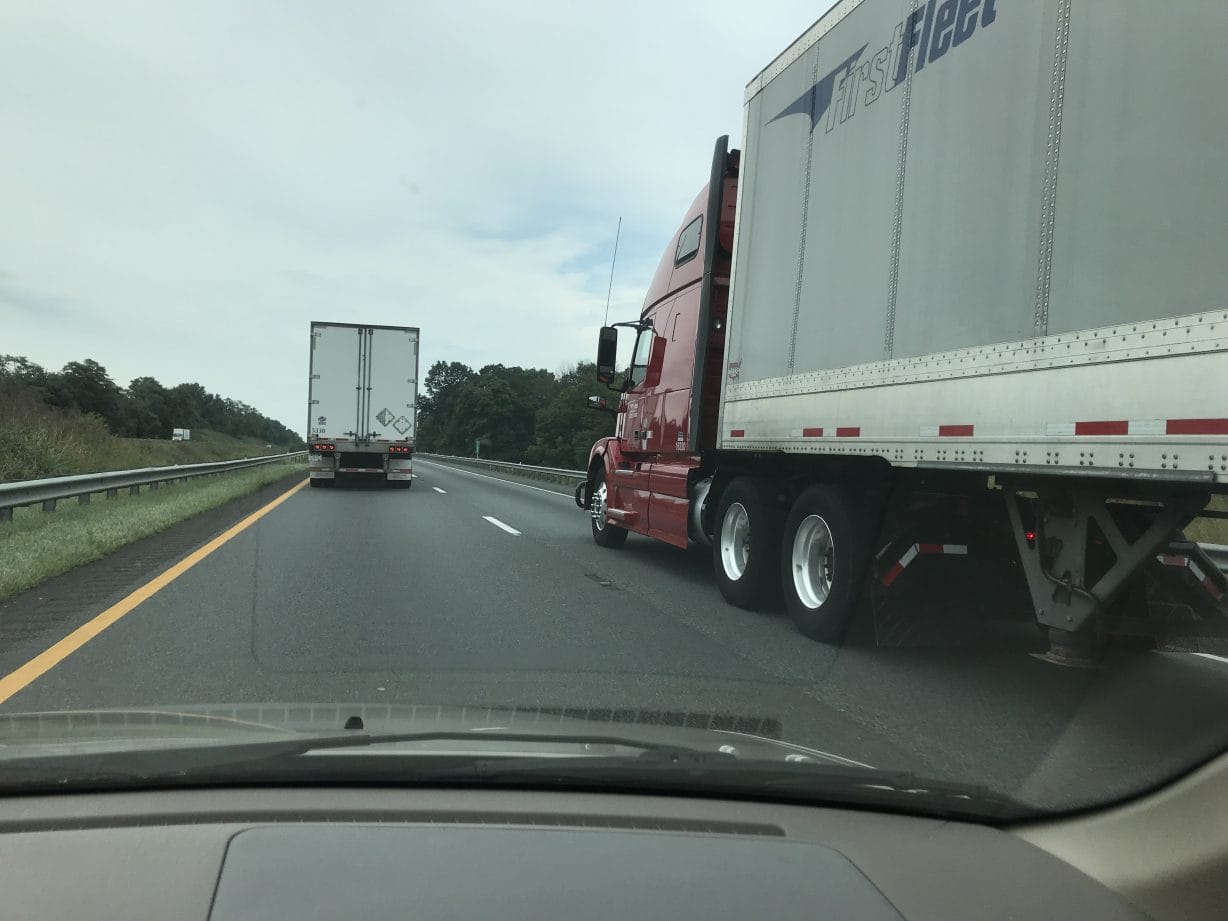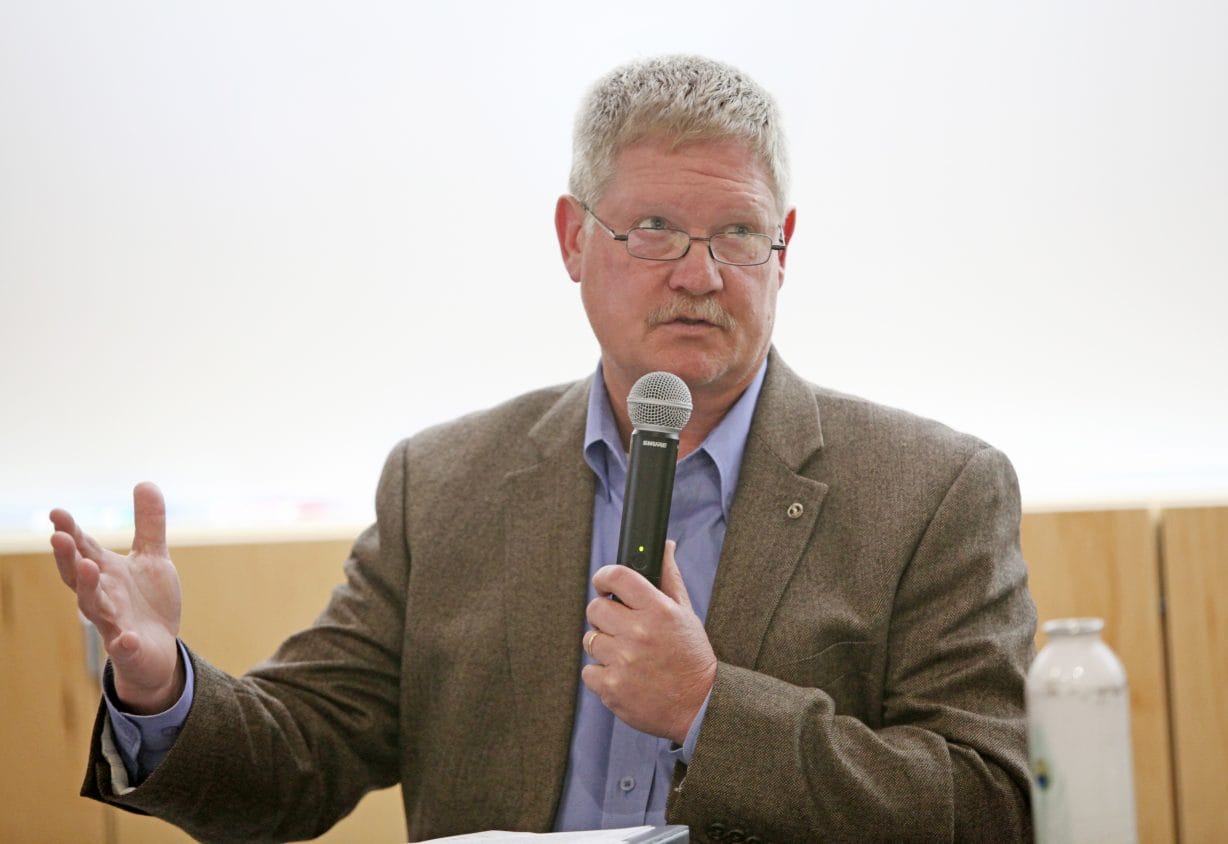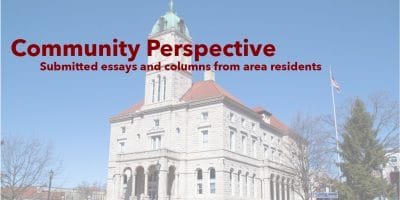
By Bridget Manley, publisher
Plans for the improvement and widening of Interstate 81 through Harrisonburg are moving along, and the public will begin to see roadwork soon to support infrastructure changes for the widening, said state Del. Tony Wilt.
Wilt, who is vice-Chair of the I-81 Advisory Committee, told The Citizen that the Virginia Department of Transportation has made official plans, maps and timelines for project. And construction is coming next.
“I’m happy to say that Harrisonburg is near the top as far as projects to move forward,” said Wilt, a Republican who represents Harrisonburg and parts of Rockingham County. “Some people are disgruntled because they are not seeing dirt move, but we are going to start seeing some bridge construction fairly soon, in the next year, maybe a little less.”
I-81, which is the longest interstate in Virginia, was begun in the 1950s and formally finished in the 1980s. The last major construction, according to VDOT, was in 2003, when a seven-mile stretch near Bristol expanded to three lanes.
The interstate, which was originally designed for 15% tractor trailer traffic, now carries between 26-35% of truck traffic and serves as one of the top eight trucking routes in the country.

One of the major improvements to I-81 will be the widening of the interstate to three lanes between exits 243 and 247 in Harrisonburg. This project, which could cost up to $360 million, is slated to begin in May 2025, with an estimated completion date of September 2029.
Wilt said for that project to begin, infrastructure surrounding that section of interstate will need to take place first.
“The exciting thing is some of the bridges at the 247 exit — Route 33 and I-81— those things are slated to see some movement on them in less than a year,” Wilt said. “There’s a contractor that’s already been awarded that project…and at the overpass at Smithland Road, they are already starting to cut down trees. You’re going to see some movement in the not-too-distant future.”
Part of the challenge to our area, Wilt said, is the rolling terrain — the hills and valleys — that requires many bridges. Bridge improvement is a necessary step before roads can be expanded, while driving up with cost and taking more time to complete.
Wilt also said that many of the bridges are so old, they might need to be replaced.
Wilt says that VDOT has already implemented the committee’s recommendations for the “low hanging fruit” to make the interstate safer, which includes new electronic signage, improvements to entrance and exit ramps and more safety service patrols.
The additional safety service patrols — white trucks often seen on the interstate directing traffic or assisting drivers — were deployed shortly after then-Gov. Ralph Northam signed into law legislation in 2019 to fund the improvements on I-81.
The service patrols can help clear debris, assist drivers who are lost, jump cars and help with traffic flow during accidents. They often help assist in clearing accidents — an essential service on an interstate known for standstill traffic following accidents.
Wilt said there are bound to be changing traffic patterns as the bridges are built and the roads is widened, but he said he is hoping much of the construction can be done at night, when there are fewer vehicles on the road.
“Crews can be out there when it’s not quite as cumbersome on travelers,” Wilt said.
Wilt said finding solutions about congestion and how to prevent more traffic accidents is at the top of his list for improving the interstate.
“We’ve got some interesting spots along 81, especially through southern Shenandoah [County], Rockingham County and down into Augusta, as it pertains to accidents and traffic congestion,” Wilt said.
Traffic congestion and accidents are what Wilt hears from constituents most about, and he wants to continue working on ways to make the roadway less hazardous.
“We have to be cognizant of the people involved in the accident — the loss of life, the loss of property, those are the real tragedies,” Wilt said. “For locals here, if that’s not you involved in the accident, it’s the aftermath. It’s the ancillary things that an accident causes, the backups, and those backups translate over onto the primary roads.”
Journalism is changing, and that’s why The Citizen is here. We’re independent. We’re local. We pay our contributors, and the money you give goes directly to the reporting. No overhead. No printing costs. Just facts, stories and context. We’re also a proud member of the Virginia Press Association. Thanks for your support.














